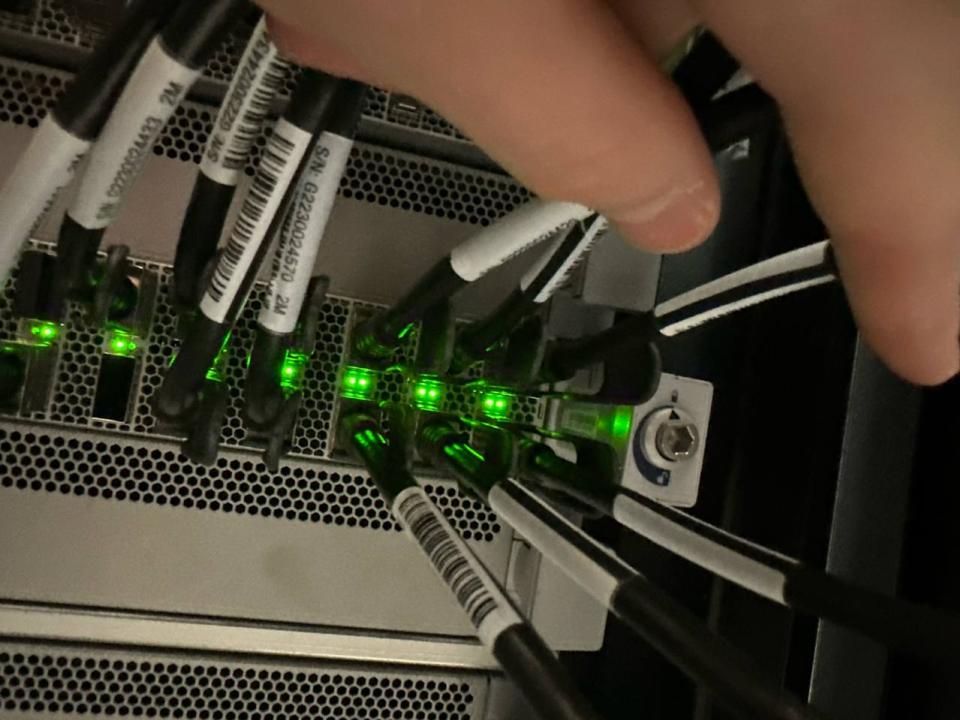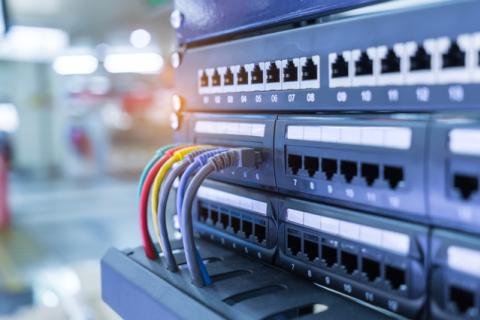In today’s digital age, maintaining a well-organized and efficient IT infrastructure is critical for the smooth functioning of businesses, data centers, and even home offices. A crucial element of this infrastructure is the network rack, often overlooked but fundamental in ensuring that your networking equipment operates seamlessly.
From holding routers and switches to servers and patch panels, network racks provide more than just physical support — they are vital for optimizing performance, increasing security, and simplifying maintenance.
Rack and Stack Services: Harnessing the Full Potential of Rack and Stack Services
What is a Network Rack?
A network rack, also known as a server rack, is a frame or enclosure used to house various pieces of networking and IT equipment. It’s typically designed to fit standardized units called rack-mounted equipment.
These racks come in different sizes, but most adhere to a 19-inch industry standard, which fits servers, switches, routers, patch panels, and more. Available in different forms like open-frame racks or enclosed cabinets, the choice depends on your specific needs and the environment in which it will be used.
Why is a Network Rack Important?
The primary purpose of a network rack is organization. A well-structured network rack keeps all essential equipment in one centralized location, reducing clutter and making the entire system easier to manage.
Imagine having multiple pieces of equipment sprawled across different locations – troubleshooting issues, installing new hardware, or even routine maintenance becomes a logistical nightmare. A network rack eliminates these challenges by keeping everything organized and accessible.
Furthermore, network racks are designed to improve airflow and manage heat. Networking equipment generates heat, and overheating can lead to serious problems, from reduced performance to complete system failure.
With built-in ventilation features or additional cooling fans, a network rack ensures that equipment stays at optimal operating temperatures.
Security and Accessibility
In environments like data centers, schools, or corporate offices, ensuring the security of networking equipment is vital. A network rack with lockable doors helps protect the equipment from unauthorized access.
Additionally, enclosed racks can offer physical protection from dust and other environmental factors, further extending the lifespan of sensitive equipment.
On the flip side, network racks make it easy to access equipment when necessary. Whether you need to replace a server, adjust cabling, or troubleshoot, a well-organized rack allows technicians to quickly locate and address the issue without unnecessary downtime.
Conclusion
Investing in a quality network rack is a critical step for anyone managing IT infrastructure. It simplifies management, increases security, and helps maintain a cool and efficient environment for networking equipment.









